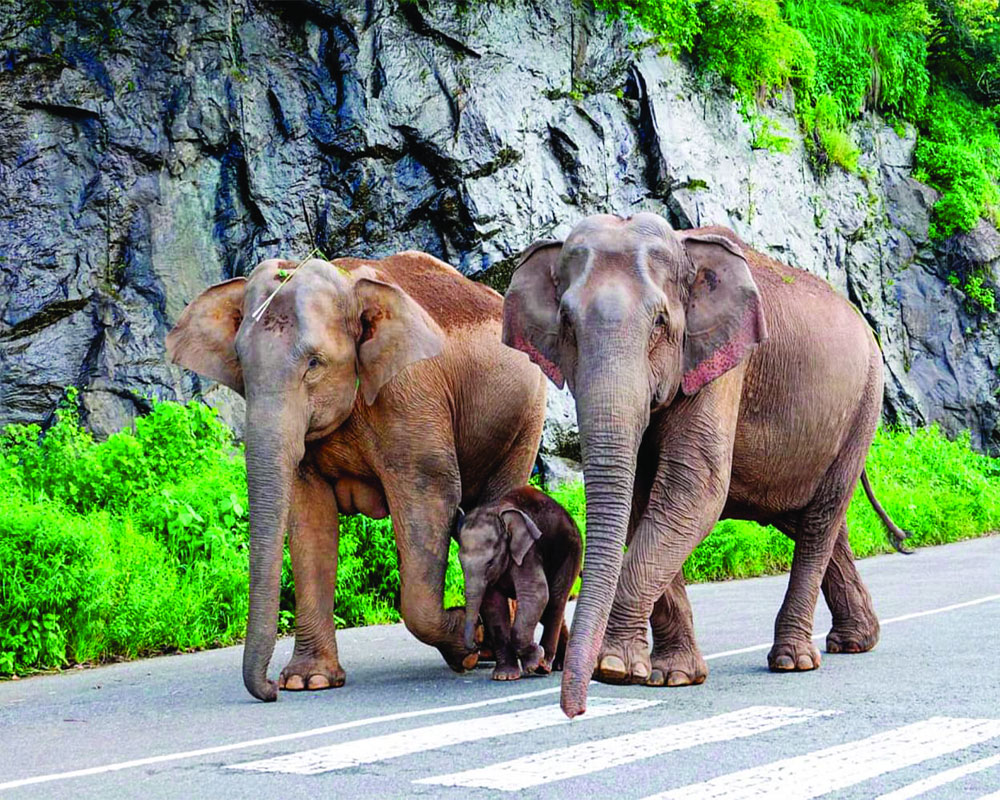As long as people are legally free to kill animals under the arbitrary umbrella of ‘pests' and ‘vermin', countless animals will die horrific deaths like Saumya's on a daily basis, and will continue to do so in the distant future, writes Varda Mehrotra
There is no circumventing the fact that this year has been quite taxing upon the human experience of being alive — a pandemic, natural disasters, worsening geopolitical feuds and mass unemployment do not a pleasant year make, by any means. While it is understandable to be caught up in all of this; perhaps we should also be cognizant of the fact that this year has been incredibly strenuous upon the natural world, too — and the animals that live in it.
Indeed, it has only been around seven months since the deadly Australian fires, the largest of their kind — killed over half a billion animals, and caused historical damage in their wake. It may feel like eternities ago that the blazing pyres blackened out the skies and brightened headlines; but the reality is that fires follow a simple, almost rudimentary path of destruction, one that can be understood. The human arbitrations involved in perpetuating a cultural system of violence towards animals however, is anything but simple; and it is only fitting that it is addressed on World Animal Day, celebrated around the world annually on 4th October.
At the heart of this culture lies a clear issue — that of what animals are classified as vermin or not, which subsequently decides the level of legal violence that is not only normalised, but also deeply affects the cultural perception of said animal. We are all aware of the horrifying death of Saumya, the elephant; and while the anger and backlash is welcome; the aspect of the story that goes under discussed is that the explosive fruit was destined for another animal — and the sympathy comes from the accident, as well as the favourable perception of elephants. Had that explosive snared pineapple made its way to a wild boar’s mouth, it would be not be a story — for such methods of ‘dealing’ with vermin are ‘acceptable’ and occur every day.
Vermin animals are dealt with in exceedingly inhumane ways across the world — mass culling, live burials (such as rabbits in Australia) and of course, food traps are some of the more widely practiced ways. In India, The Prevention of Cruelty to Animals Act applies to all animals; but there is a catch — the vermin exception to animals protected under the Indian Wildlife Act allows for a glaring oversight that feeds this cycle of violence. To be clear, these animals do cause tangible and material damage to businesses, especially farmers; but just because they are deemed as economically useless doesn’t mean they deserve to be exterminated in abhorrent ways.
While not a perfect comparison by any means (for a multitude of factors don’t translate directly), but think of us humans for a moment — do we view fellow people in society that are unable to contribute economically in such a reductionist view? Do we value life only if it manages to materially provide us with something? And — forget value — do we set out to destroy economically ‘unfeasible’ lives because of this very drive?
The truth is that the issue deserves deep examination which must be followed by reform. As things stand, under Section 62 of the Wildlife Protection Act, 1972, states can provide a list of wild animals to the Centre requesting it to declare them vermin for selective slaughter — meaning there is no consensus even, on what is classified as vermin. Nilgai and wild boars are considered vermin in Bihar and even some parts of Rajasthan, and in 2016 Rhesus Macaques were given vermin status in Himachal Pradesh, for the third time. Not only does this highlight the degree arbitration — for Macaques exist in Rajasthan in healthy populations too, and are almost marketed as a part of some cities’ (Jaipur, Jodhpur) intrinsic charm; but it also gives way to a window of sustained cruelty that is hard to ever close again.
The issue of vermin animals versus farmer’s produce CAN be solved through policy change and investment in innovative and humane methods, of which there exist many — sterilisation programs, visual markers to drive away crop invasion (think scarecrows but with tact and science behind it) and so forth. If we aren’t even willing to start the discourse of scientific and financial investment towards ways of optimally managing wildlife, then we continue to fuel this almost primal instinct to harm other living beings in horrifying ways, driven by economic motives.
As long as people are legally free to kill animals under the arbitrary umbrella of ‘pests’ and ‘vermin’, countless animals will die horrific deaths like Saumya’s on a daily basis, and will continue to do so in the distant future. Perhaps these deaths won’t go ‘viral’ — indeed, thousands don’t, but death descends upon these creatures the same. And unlike in the case of the all-consuming, simple fire, there exists no rhyme, no reason and no way to extinguish human whimsy.
The writer is the Executive Director of the Federation of Indian Animal Protection Organisations (FIAPO), India’s apex animal protection organisations


























